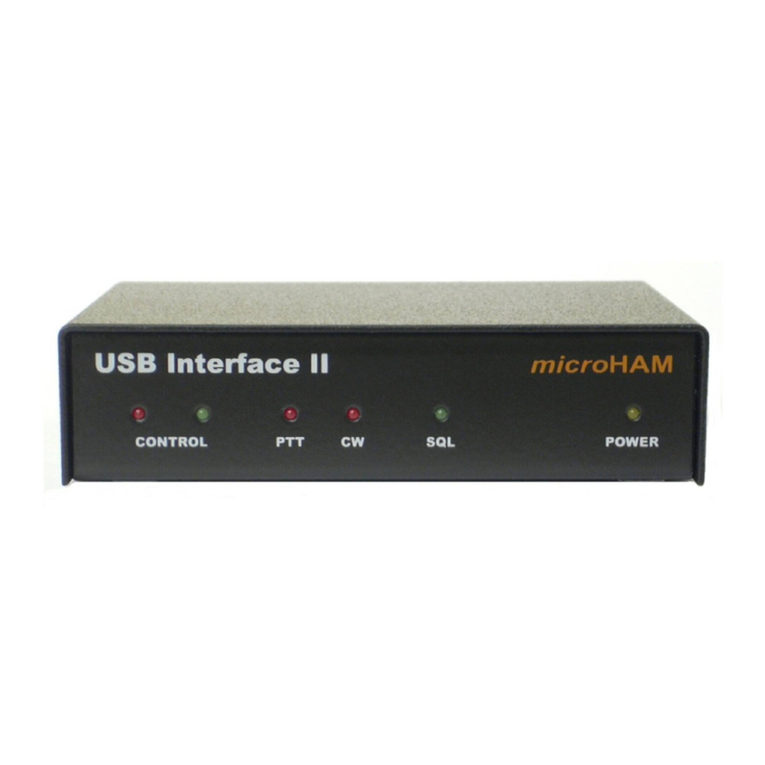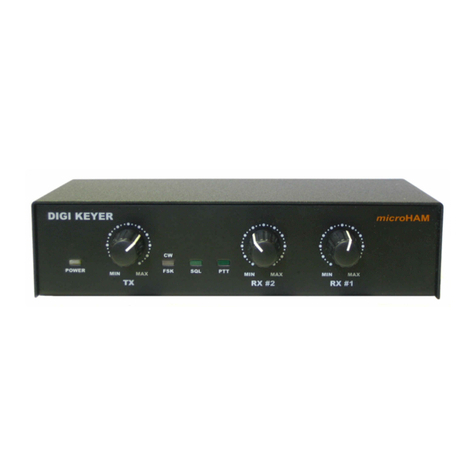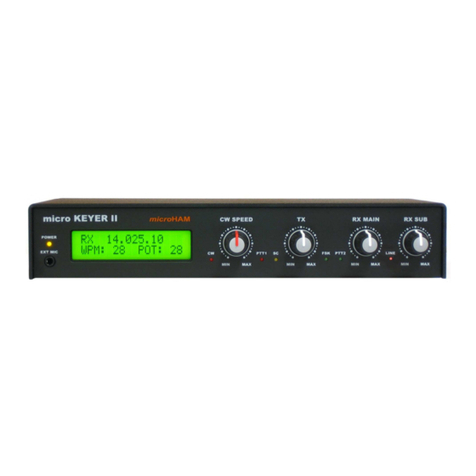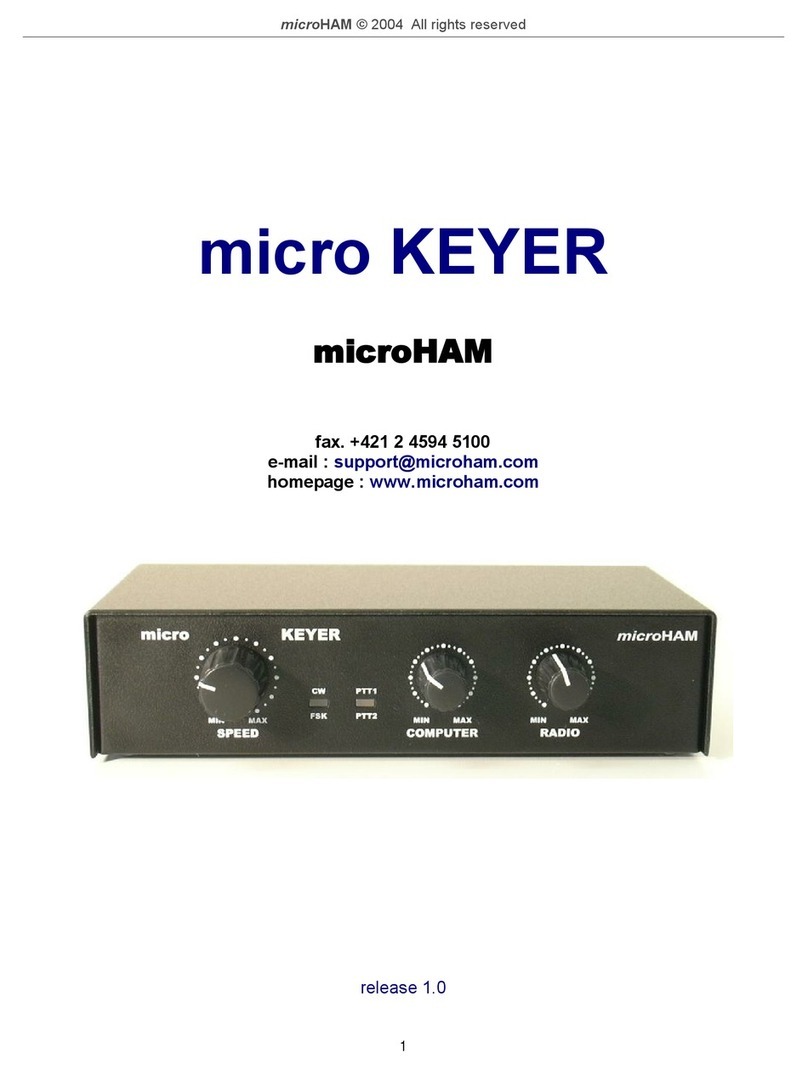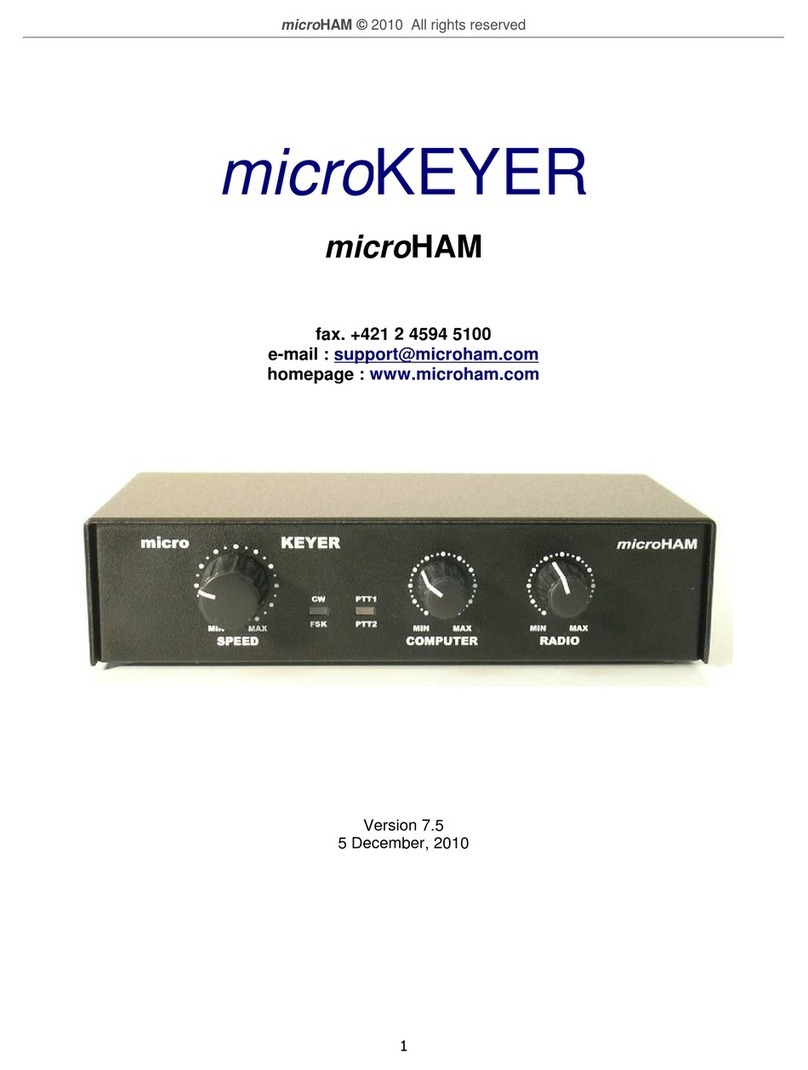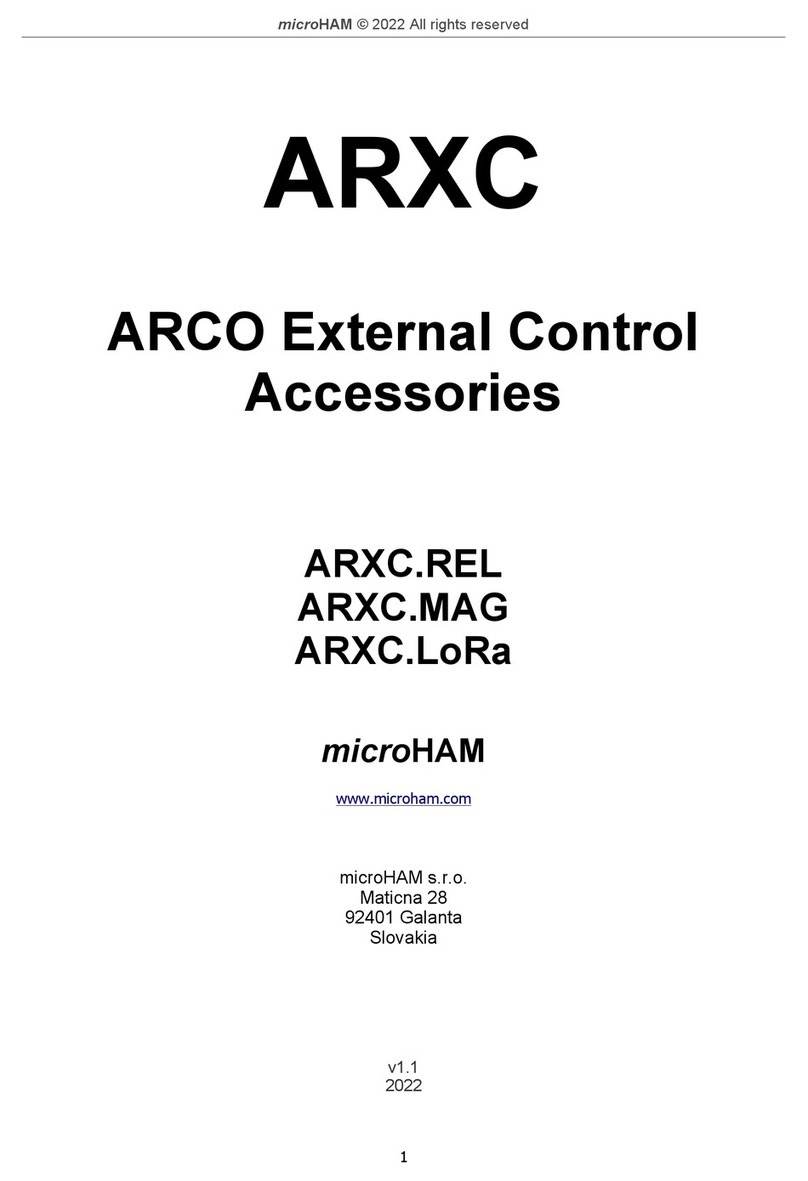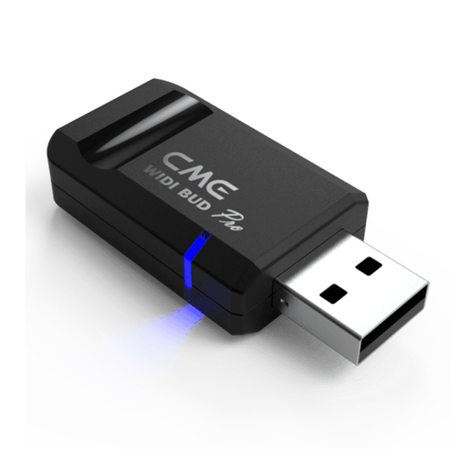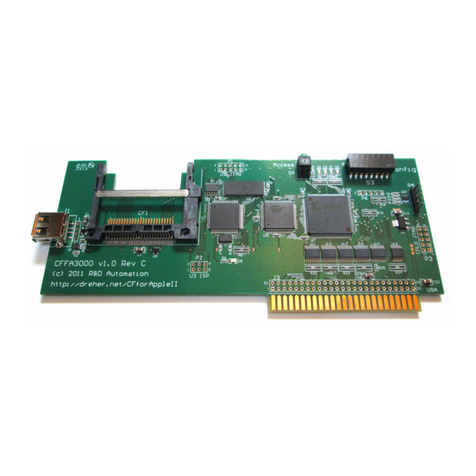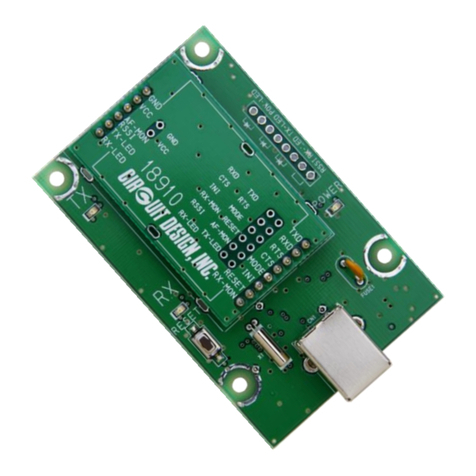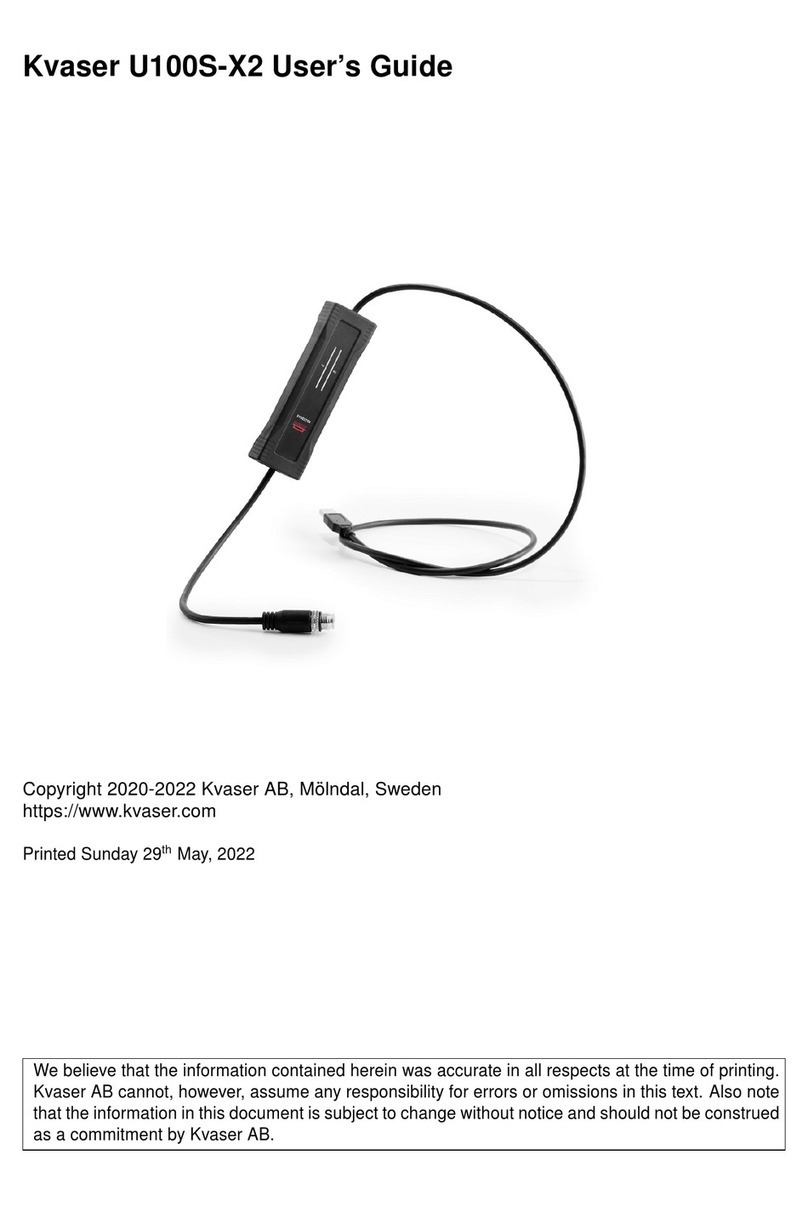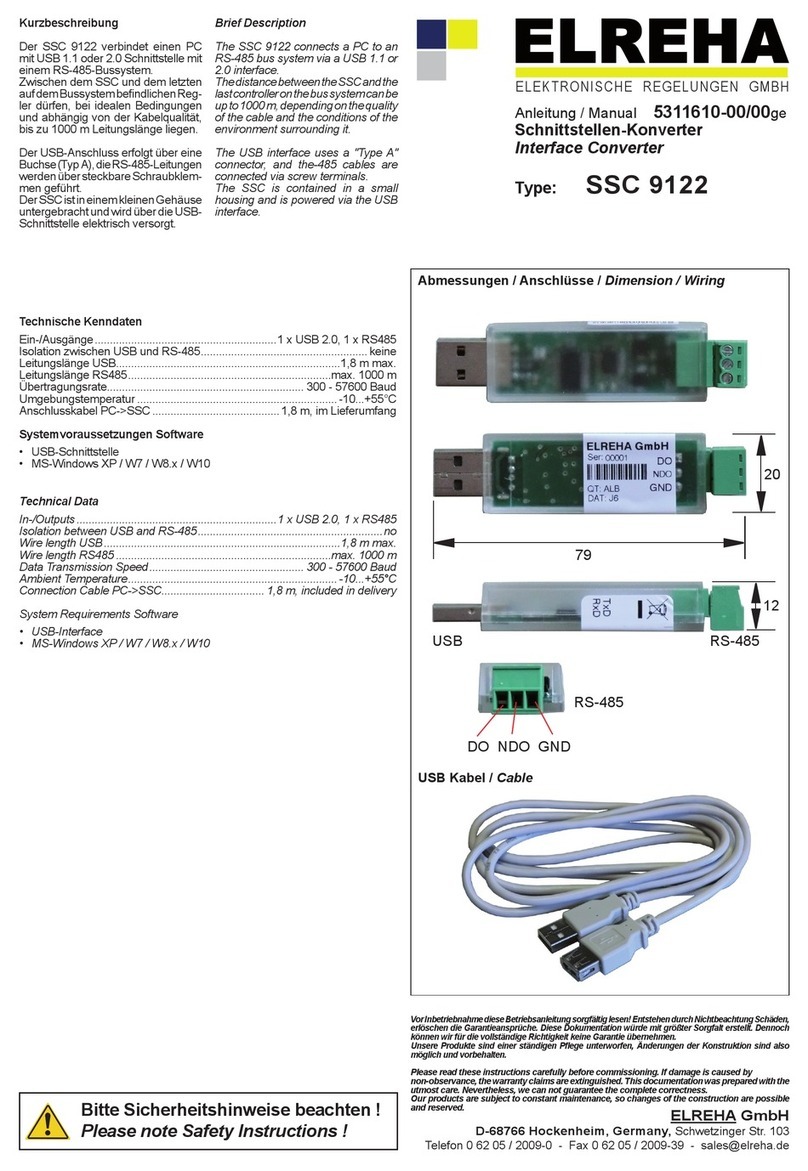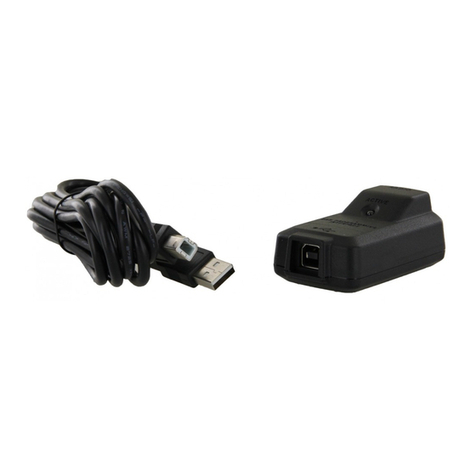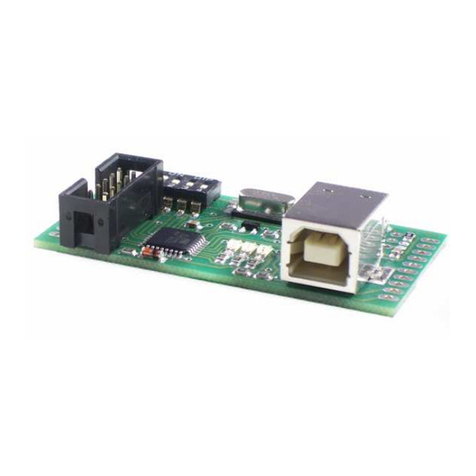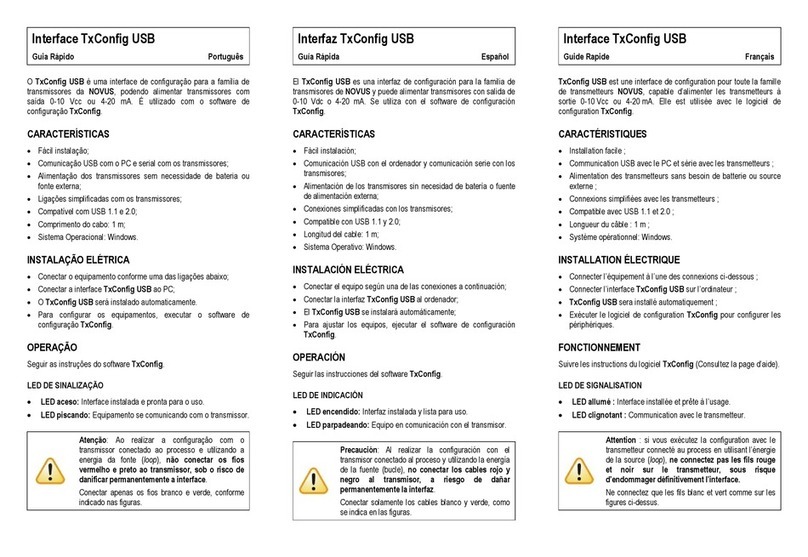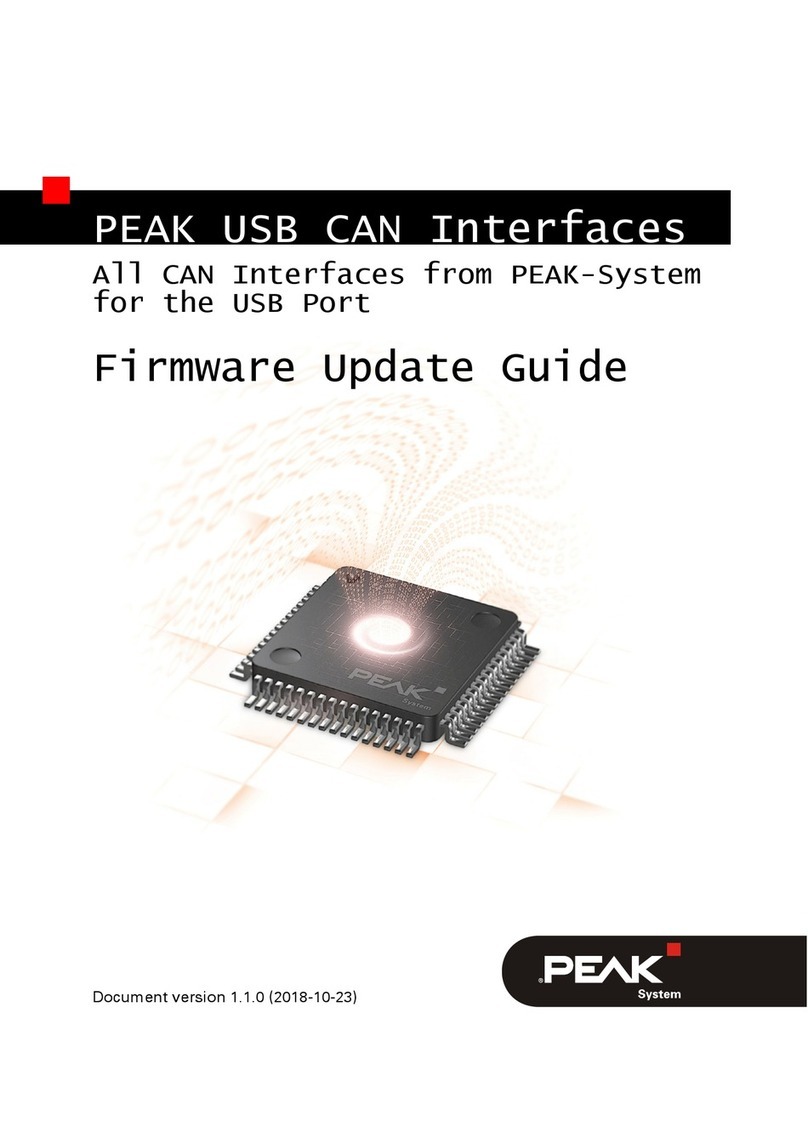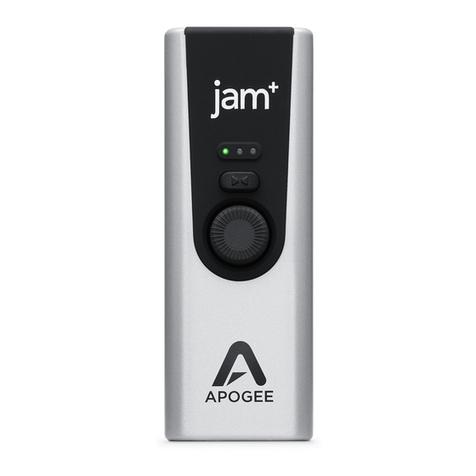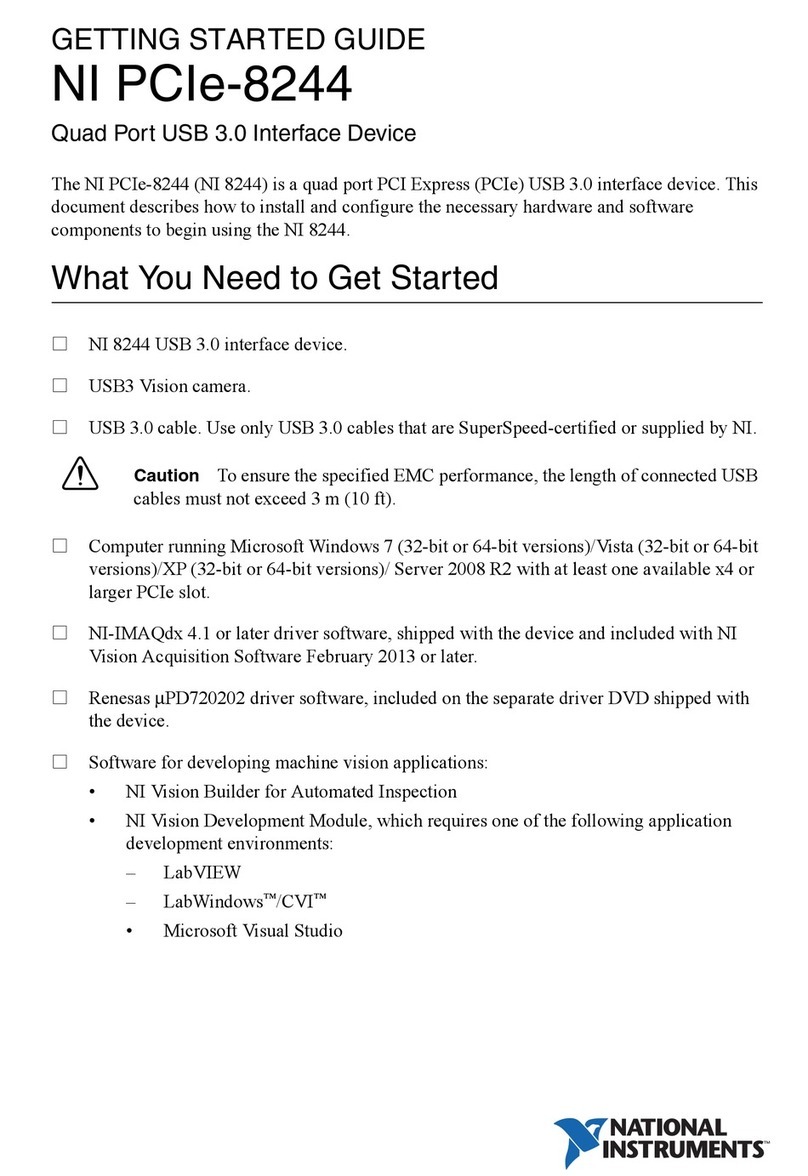
microHAM © 2016 All rights reserved
TABLE OF CONTENTS
CHAPTER PAGE
1. FEATURES AND FUNCTIONS .......................................................................................... 3
2. IMPORTANT WARNINGS ................................................................................................. 3
3. PANEL DESCRIPTION ...................................................................................................... 4
Front Panel ................................................................................................................... 4
Rear Panel ....................................................................................................................4
4. INSTALLATION ................................................................................................................. 6
Preparing for Use.......................................................................................................... 6
Macintosh (OS-X) Installation ....................................................................................... 7
Windows Installation..................................................................................................... 7
Installing microHAM USB Device Router .................................................................8
Configuring microHAM USB Device Router ........................................................... 8
Creating/Using Virtual Ports..................................................................................... 9
5. microHAM DEVICE ROUTER ......................................................................................... 10
Menu: Router ................................................................................................................... 10
Menu: Preset .................................................................................................................... 11
Menu: Device ................................................................................................................... 12
Menu: Virtual Port ............................................................................................................. 13
Menu: Help ....................................................................................................................... 14
Device Configuration Tabs ............................................................................................... 14
Ports Tab ................................................................................................................... 14
Ports: CAT & 2
nd
CAT .......................................................................................... 16
Ports: CW ............................................................................................................. 18
Ports: PTT ............................................................................................................ 18
Ports: WinKey ....................................................................................................... 19
Ports: Control ........................................................................................................ 19
CW & WinKey Tab ..................................................................................................... 20
CW/WinKey: WinKey Settings ................................................................................... 20
CW/WinKey: CW Keyboard ...................................................................................21
CW/WinKey: Auto Numbering .............................................................................. 21
CW Messages .............................................................................................................22
6. EXTERNAL KEYBOARD ................................................................................................. 23
7. PACKAGE CONTENTS ................................................................................................... 24
8. WARRANTY ..................................................................................................................... 24
SYSTEM CONSIDERATIONS ............................................................................................... 25
HARDWARE SPECIFICATIONS ........................................................................................... 25
DECLARATION OF CONFORMITY ..................................................................................... 26
APPENDIX A – RFI CONSIDERATIONS ......................................................................... 27
APPENDIX B – TRACKING ............................................................................................. 28
APPENDIX C – CABLES AND BRIDGES ....................................................................... 29
2
